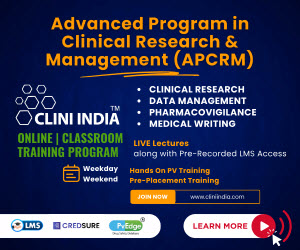Anti-inflammatory activity oflic extract of R Methanooot of Cissampelos pareira on Carragenin induced rat paw edema
 About authors:
About authors:
Gourab Saha*1, Pankaja Senapati1, Narahari Sahu2, Dr. Sambit Parida3
1. Department of Pharmaceutics, College of Pharmaceutical Sciences, Mohuda, Berhampur – 2, Orissa, India.
2. Department of Pharmacology, College of Pharmaceutical Sciences, Mohuda, Berhampur – 2, Orissa, India.
3. Department of Pharma analysis, College of Pharmaceutical Sciences, Mohuda, Berhampur–2, Orissa, India.
*gourab.pharma2012@gmail.com
Abstract
This study investigated the anti-inflammatory activity of the methanolic extract of Cissampelos pareira (Abuta) in male albino rats after intramuscular administration. This was done using the carragenin-induced paw edema method. Methanolic extract of Cissampelos pareira showed significant anti-inflammatory activity similar to ibuprofen and indomethacin.




 About Authors:
About Authors:







.png)

